Website Under Maintenance
We apologize for the inconvenience, but our website is currently undergoing scheduled maintenance. We are working hard to improve the site for a better experience for all of our visitors.
Please check back soon. Thank you for your understanding.
[email protected]